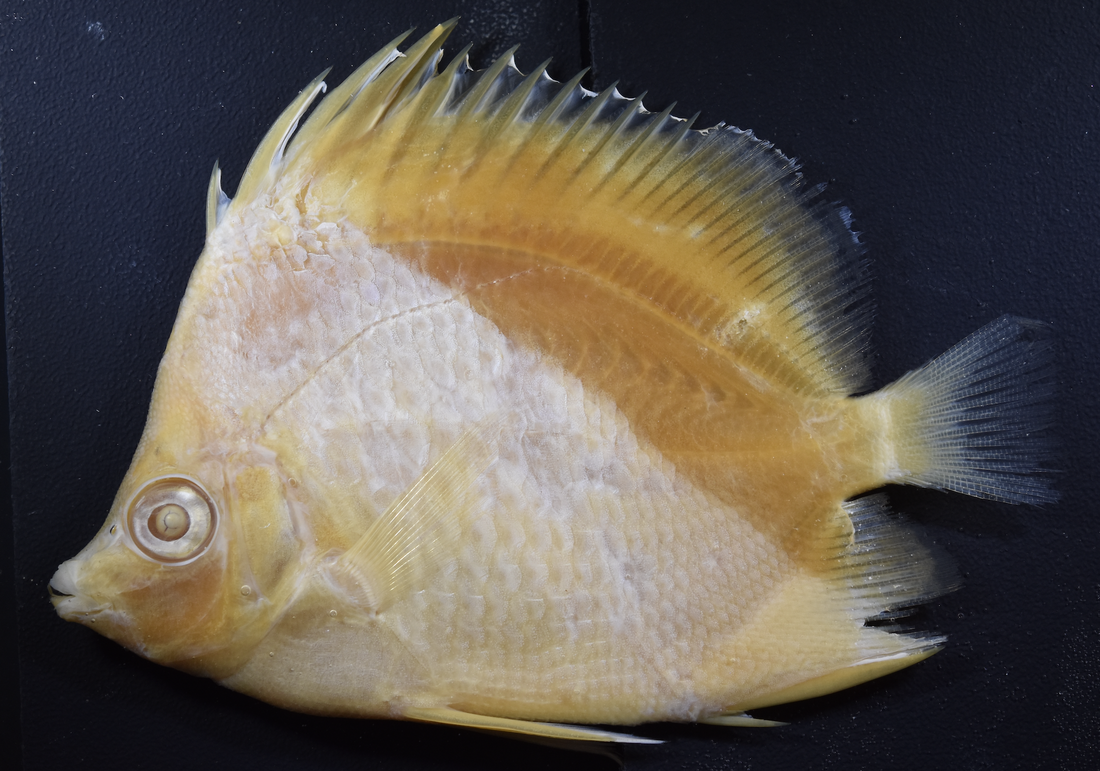Phylogenetic scale dependency of the patterns and processes
of trait diversification
NSF CAREER DEB-2237613
This project is building an empirical understanding of how phylogenetic scale influences patterns and processes of quantitative trait evolution, using teleost fishes as a model. By focusing our sampling at smaller phylogenetic scales analyses of our new FishShapes V2 dataset will enable us to determine whether patterns of fish body shape evolution are identical, random or vary systematically with phylogenetic scale. By using four different ways of delimiting scale: clade age, clade size, tree depth and taxonomic rank, we can also quantify how patterns of scale-dependency are influenced by grain size and the method chosen to define scale.
Through this empirical discovery-driven investigation we hope to fill a fundamental gap in our knowledge concerning patterns of trait evolution. We know that biological processes, such as spatial or developmental constraints, can potentially drive mismatches between scales, but we don’t yet know whether phylogenetic scale-dependency is the exception or the rule. Establishing this will be crucial for understanding if, and how, we can apply what we have learned about trait evolution from one scale to another. These findings will have broad implications for synthesizing results from fields that focus on different points along the phylogenetic scale axes and in particular, our ability to connect macroevolutionary studies on fossil and living taxa.
Through this empirical discovery-driven investigation we hope to fill a fundamental gap in our knowledge concerning patterns of trait evolution. We know that biological processes, such as spatial or developmental constraints, can potentially drive mismatches between scales, but we don’t yet know whether phylogenetic scale-dependency is the exception or the rule. Establishing this will be crucial for understanding if, and how, we can apply what we have learned about trait evolution from one scale to another. These findings will have broad implications for synthesizing results from fields that focus on different points along the phylogenetic scale axes and in particular, our ability to connect macroevolutionary studies on fossil and living taxa.
